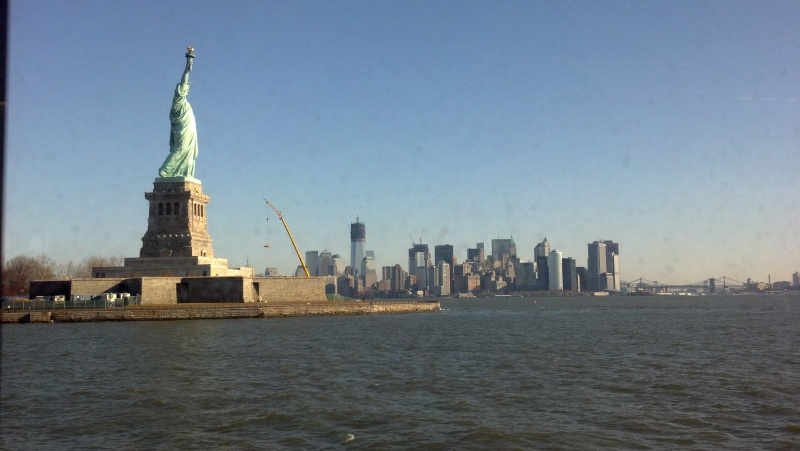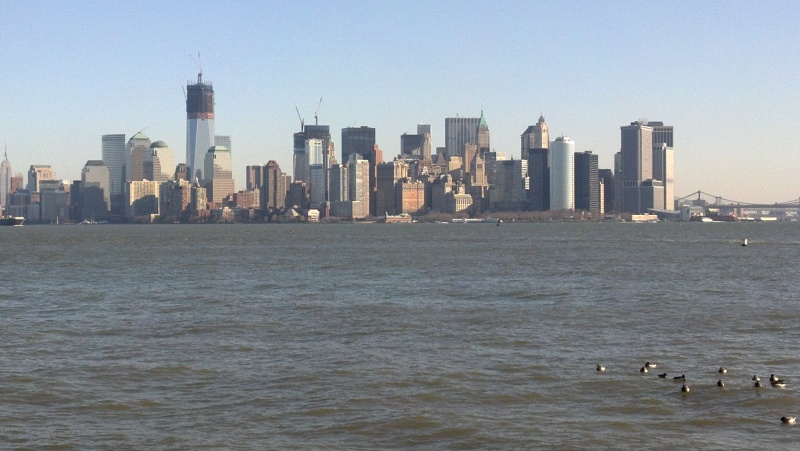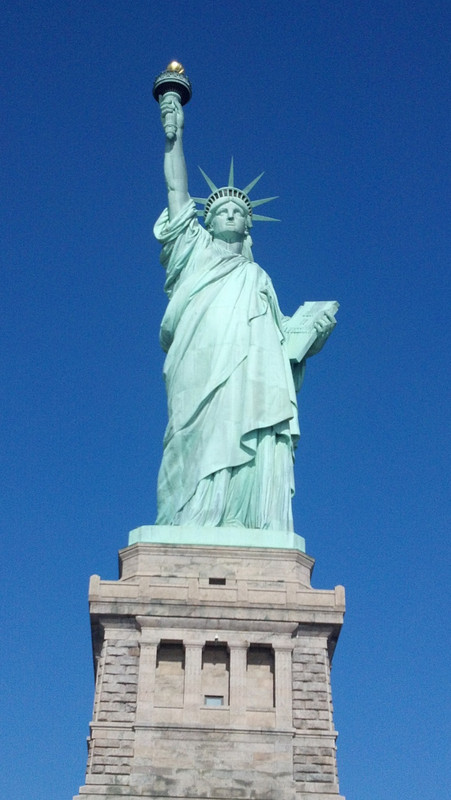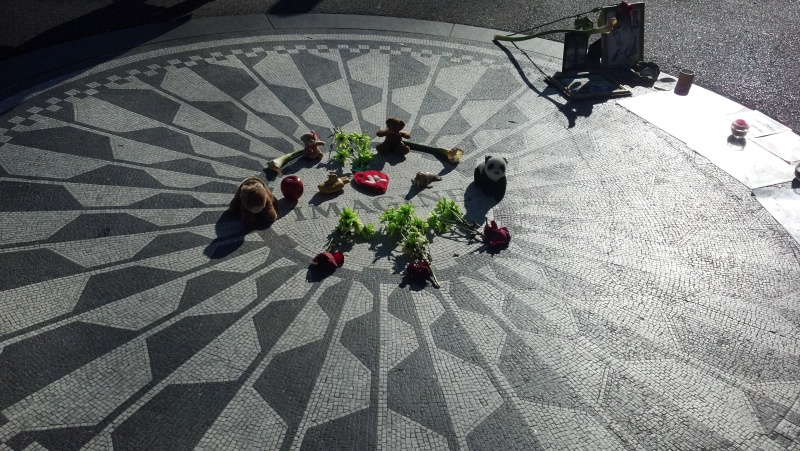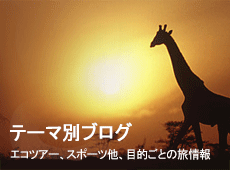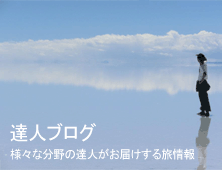 2012.03.21
2012.03.21
Certainly at the time of the earthquake, I had little idea of what was actually happening around me. I knew it was the largest earthquake I had ever felt, but considering I am an American and lived in Japan only briefly, the Great Tohoku Earthquake was about the second or third I had felt in my entire life. I had little appreciation for the scope and scale of the tragedy that was unfolding. It was not until a couple of days later with all of the news of the destruction of the tsunami and the disaster at the Fukushima Nuclear power Plant that it finally hit me that this was truly a global and historic event. I was actually forced out of Japan following the change in the US State Department's travel advisory on Japan and a recall by my home university (I was a study abroad student at the time), and even from several thousand miles away, I empathized with Japan as it began the recovery process.
Similarly, any time I travel down to the southern tip of Manhattan and see Ground Zero, I am left to contemplate the impact of that day as well. I grew up in the suburbs of New York, and I was a high school senior on September 11, 2011. Being only 18 at the time, I knew that something truly catastrophic had occurred, but I did not realize at the time it would forever change the way in which we as Americans lived and understood the world around us. But I remember first hearing rumors at the beginning of the day that something had happened to the World Trade Towers, and finally getting an announcement over the school PA system confirming that the worst had occurred. And I remember seeing all of the pictures, and the news broadcasts on that day and for weeks afterward. September of this past year certainly back some memories, and perhaps because I grew up with the images of the World Trade Center as an indelible part of the New York skyline, I can't help but think something is missing whenever I travel to the southern tip of Manhattan.
Many of these thoughts went through my head when I participated in HIS's New York sight-seeing tour back in February. The tour includes the requisite stop at the Statue of Liberty. Getting to Liberty Island, however, requires boarding a ferry in Battery Park City, and as we passed through the financial district and past Ground Zero, thoughts of 9/11 came back to me. From the ferry itself you can look back at Manhattan and see the skyline, and at least for me, there is a great tension between what has been lost and the revitalization project taking place near Ground Zero.
Even with all of the construction on the skyline, it is hard for me not to feel the weight of what is not there.
Despite growing up in New York, I have only been to see the Statue of Liberty once, and it was when I was an infant. So when I traveled with HIS out to Liberty Island, it was essentially the first time I had seen her up close, and it is truly impressive.
There is something reassuring about her presence on the New York city skyline. She used to watch over those coming to the US with little more than the clothes on their backs, and now she seems almost like the protector for those of us already here. So long as she stands, so shall we.
Trying to conceive of myself as a part of both the Great Tohoku Earthquake and 9/11, and yet I was there, and so were millions of others. It serves as a reminder that we are all in this together, and that we are responsible for how the world recovers from such devastation, whether nature- or man-made. The outpouring of support for both relief efforts is a testament to all that is good in people, and it is reassuring at least to me to see people care for each other.
But there is still much work left to do in Japan, and as you can see in the pictures of NY, even 10 years on the job is not complete. It is important to keep in mind that the "goal" (if there can be one) in recovering from a major disaster is not to return things to the way they were. Nothing can ever be as it was. In the process of healing, there must be acknowledgement of what has come to pass while looking toward the future.
It seems fitting to me now that our last stop on the tour was Strawberry Fields and the "Imagine" mosaic in Central Park. I think we can all find something in the words and ideas of John Lennon:
For fundraising for Tohoku relief efforts:
http://www.jrc.or.jp/english/relief/l4/Vcms4_00002070.html
For more on the HIS NY Sight-Seeing Tour:
http://activities.his-vacation.com/jp/jp/TourLeaf/NYC0075.htm



 テーマ:
テーマ:





